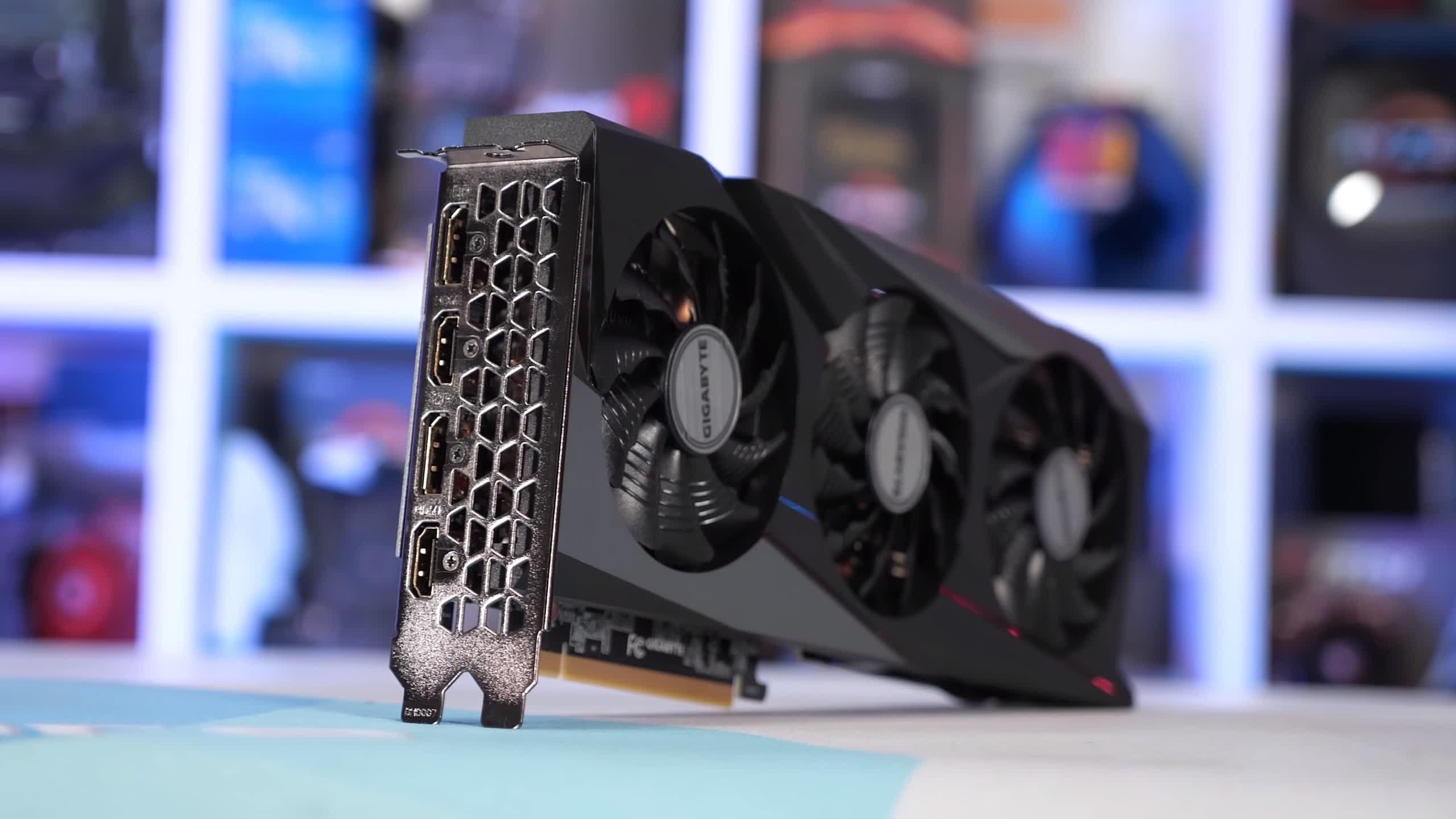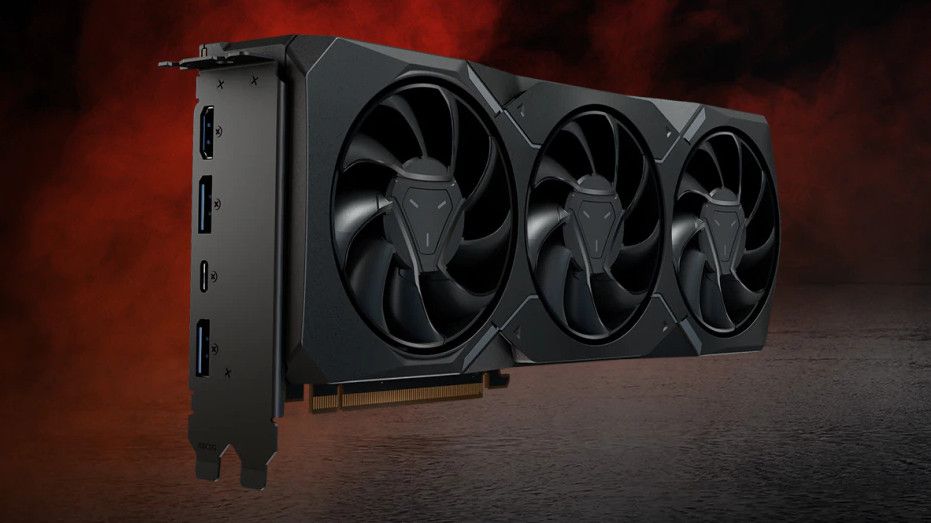Highly anticipated: Rumors have long suggested that Nvidia will unveil two top-ranked graphics cards in its upcoming RTX 5000 lineup at CES 2025 in January. New reports indicate that a mid-range member of the lineup will also appear at the event, but some of the predicted hardware specifications might disappoint onlookers.

According to established leaker @harukaze5719 and other sources, the long-rumored GeForce RTX 5080 and 5090 will be accompanied at CES 2025 by the 5070. Hardware specifications for the three graphics cards have recently begun materializing.
Information on the 5070 was previously scarce, but it is expected to feature 12GB of VRAM, likely disappointing prospective customers annoyed with Nvidia's stingy VRAM allocation. Although 12GB is the same amount as the upper mid-range GPU's predecessor, the 4070, the new card will upgrade to much faster 28Gbps GDDR7 memory with a 192-bit bus.
GB202: 24,576
– í¬ìÂÂí¬ì (@harukaze5719) October 9, 2024
RTX 5090: 21,760 / GB202-300-A1 / 512-bit / 32GB GDDR7, 28Gbps, ~1.8TB/s / 600W TBP / 14-Layer FE PCB
GB203: 10,752
RTX 5080: 10,752 / GB203-400-A1 / 256-bit / 16GB GDDR7, 32Gbps, 1TB/s, 400W TBP
GB205: 6,400
RTX 5070: TBD / GB205 Based / 192-bit / 12GB GDDR7,… https://t.co/KTO6QLdKCk
The 5070's CUDA core count remains unclear, but its base GB205 processor enables a maximum of 6,400. The TBP is 250W, a slight increase from the 4070's 200W.
Prior reports suggested the RTX 5080 also has less VRAM than many hoped for – 16GB. However, a spec sheet citing 10,752 CUDA cores, a 400W TBP, and 32Gbps GDDR7 RAM support earlier estimations that it could outperform the current flagship, the RTX 4090. Furthermore, leaked shipping manifests indicate that a 24GB 5080 might eventually appear.
– Alexander Battaglia (@Dachsjaeger) October 9, 2024
Meanwhile, the new top card, the RTX 5090, will be a 32GB monster with a 512-bit bus, 21,760 cores (slightly cut down from the GB202's 24,576), and a 600W TBP. The dramatic wattage increase may look scary, but it might not represent real-world gaming workloads. The three rumored RTX 5000 GPUs will feature single-slot 12V-2x6 power connectors, support PCIe 5.0, and include DisplayPort 2.1a.
Nvidia hasn't commented on rumors regarding its upcoming products, but the company recently confirmed that CEO Jensen Huang will give an opening keynote at CES. Huang hasn't presented at CES since 2019, indicating that a big announcement is planned for the 2025 event.
Although Nvidia isn't expected to face competition in the top GPU weight classes going into the next generation, AMD and Intel are preparing mid-range cards that could offer performance similar to the 5070. Team Red's upcoming RDNA 4 series, likely to be called Radeon RX 8000, could appear at CES. Meanwhile, Intel's Arc Battlemage GPUs remain on schedule for a holiday 2024 launch.
A 12GB Nvidia RTX 5070 could debut next January alongside the RTX 5080 and RTX 5090

